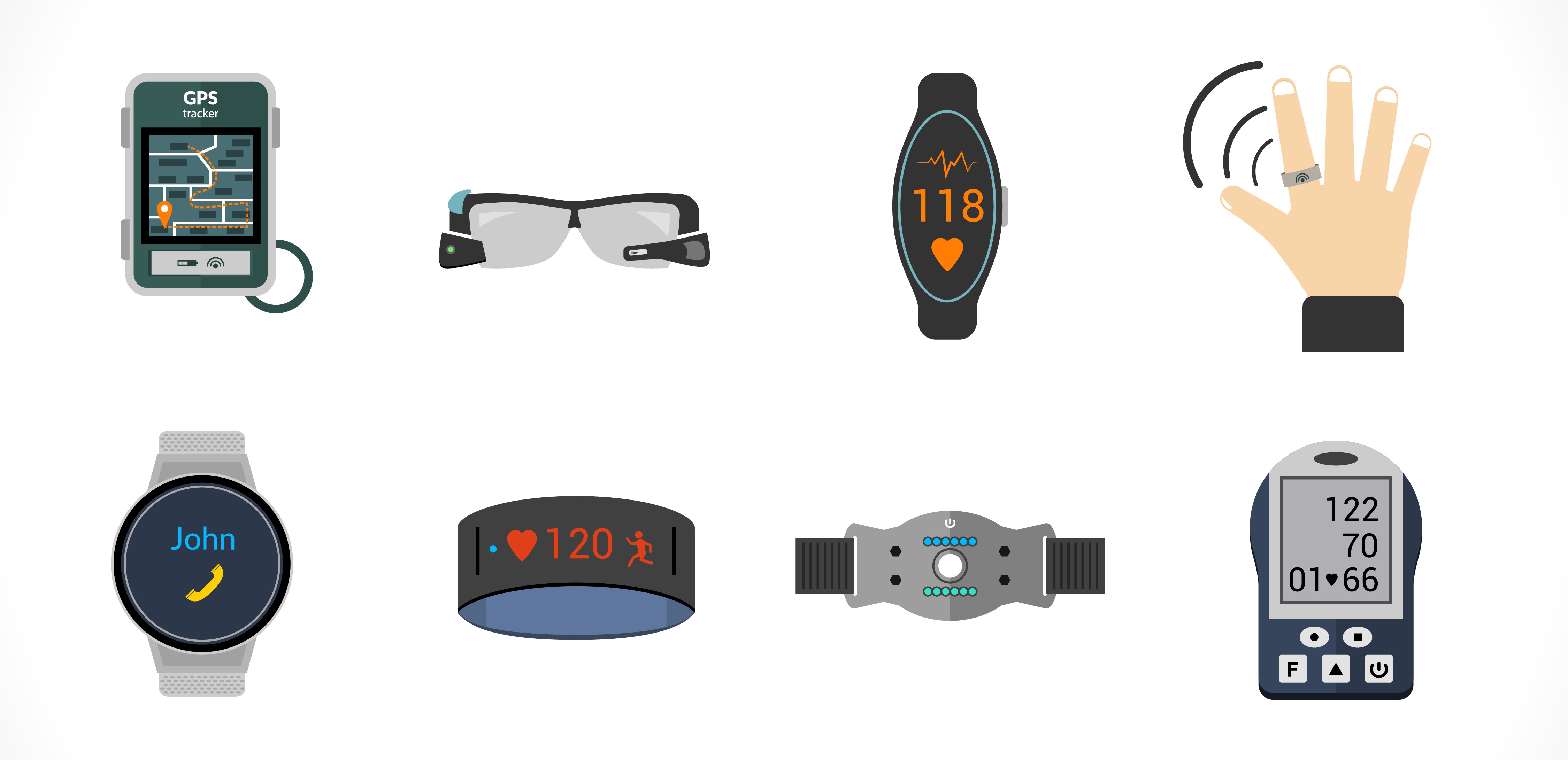Wearable Tech Warnings: Debugging Wearable Device Software

Executive Summary

The rapid advancements in wearable technology have brought numerous benefits, but they have also introduced challenges in ensuring software reliability and performance. Debugging wearable device software is a complex task due to the unique constraints and limitations of these devices. This article provides an in-depth look at the potential pitfalls and common issues encountered during wearable device software development, along with effective debugging strategies and techniques to address them.

Introduction
Wearable devices have become an integral part of our lives, offering a wide range of functionalities, from fitness tracking and health monitoring to communication and entertainment. The software that drives these devices plays a crucial role in their functionality and user experience. However, due to the inherent complexities of wearable devices, software debugging presents unique challenges.
FAQs
-
What are the key considerations for effective wearable device software debugging?
- Hardware limitations (e.g., memory constraints, battery life)
- Intermittent connectivity issues
- Small screen size and limited input capabilities
-
What are some common challenges in debugging wearable device software?
- Understanding low-level hardware interactions
- Dealing with intermittent errors due to connectivity issues
- Managing resource constraints
-
What tools and techniques can be used for wearable device software debugging?
- Logging and tracing
- Emulators and simulators
- Over-the-air updates
Top 5 Subtopics in Wearable Device Software Debugging
Logging and Tracing
Logging and tracing are essential techniques for debugging wearable device software. By logging key events and data, developers can identify potential issues and trace the flow of execution.
- Log levels: Configure different log levels (e.g., info, error) to capture relevant information.
- Event logging: Log specific events to identify anomalies and performance issues.
- Data logging: Log key data points to track changes and pinpoint potential root causes.
- Trace logging: Track the execution flow of the software to identify bottlenecks and performance issues.
Emulators and Simulators
Emulators and simulators provide a valuable environment for debugging wearable device software in controlled conditions. They allow developers to run and test the software without relying on actual hardware.
- Hardware emulation: Emulators replicate the hardware environment to test software behavior under different conditions.
- Software simulation: Simulators mimic the software behavior of the device, enabling detailed debugging.
- Cross-platform support: Emulators and simulators support multiple platforms, allowing compatibility testing.
- Testing edge cases: They allow developers to create scenarios that are difficult to reproduce on actual hardware.
Over-the-Air Updates
Over-the-air (OTA) updates allow developers to remotely fix bugs and update software on wearable devices. This is crucial for addressing critical issues and enhancing user experience.
- Remote bug fixes: OTA updates enable quick deployment of patches to address identified bugs.
- Feature updates: Users can receive new features and enhancements without the need for hardware replacements.
- Security updates: OTA updates are essential for addressing security vulnerabilities.
- Version control: OTA updates allow for version tracking and controlled rollouts.
Intermittent Connectivity
Wearable devices often rely on wireless connectivity, which can lead to intermittent issues. Debugging these issues can be challenging, as it requires understanding network behavior and device interactions.
- Connectivity monitoring: Track network status and identify connectivity issues.
- Error handling: Implement mechanisms to handle connectivity failures and retry operations.
- Backoff strategies: Introduce backoff mechanisms to prevent flooding and retry requests intelligently.
- Network analysis: Use network analyzers to capture and analyze network traffic for troubleshooting.
Resource Management
Wearable devices have limited resources, including memory, storage, and battery life. Effective resource management is crucial to prevent performance issues and ensure reliability.
- Memory profiling: Analyze memory usage to identify leaks and optimize memory allocation.
- Storage optimization: Compress data and use efficient storage techniques to minimize storage requirements.
- Power consumption: Monitor power usage and optimize algorithms to extend battery life.
- Resource prioritization: Allocate resources efficiently to prioritize critical tasks.
Conclusion
Debugging wearable device software requires a deep understanding of device constraints and a combination of effective techniques. By leveraging logging and tracing, using emulators and simulators, implementing OTA updates, addressing intermittent connectivity issues, and managing resources efficiently, developers can ensure the reliability and performance of their wearable device software. By following these best practices, they can create seamless and enjoyable user experiences, driving the continued adoption and success of wearable technology.
Keyword Tags
- Wearable device software debugging
- Logging and tracing
- Emulators and simulators
- Over-the-air updates
- Resource management
